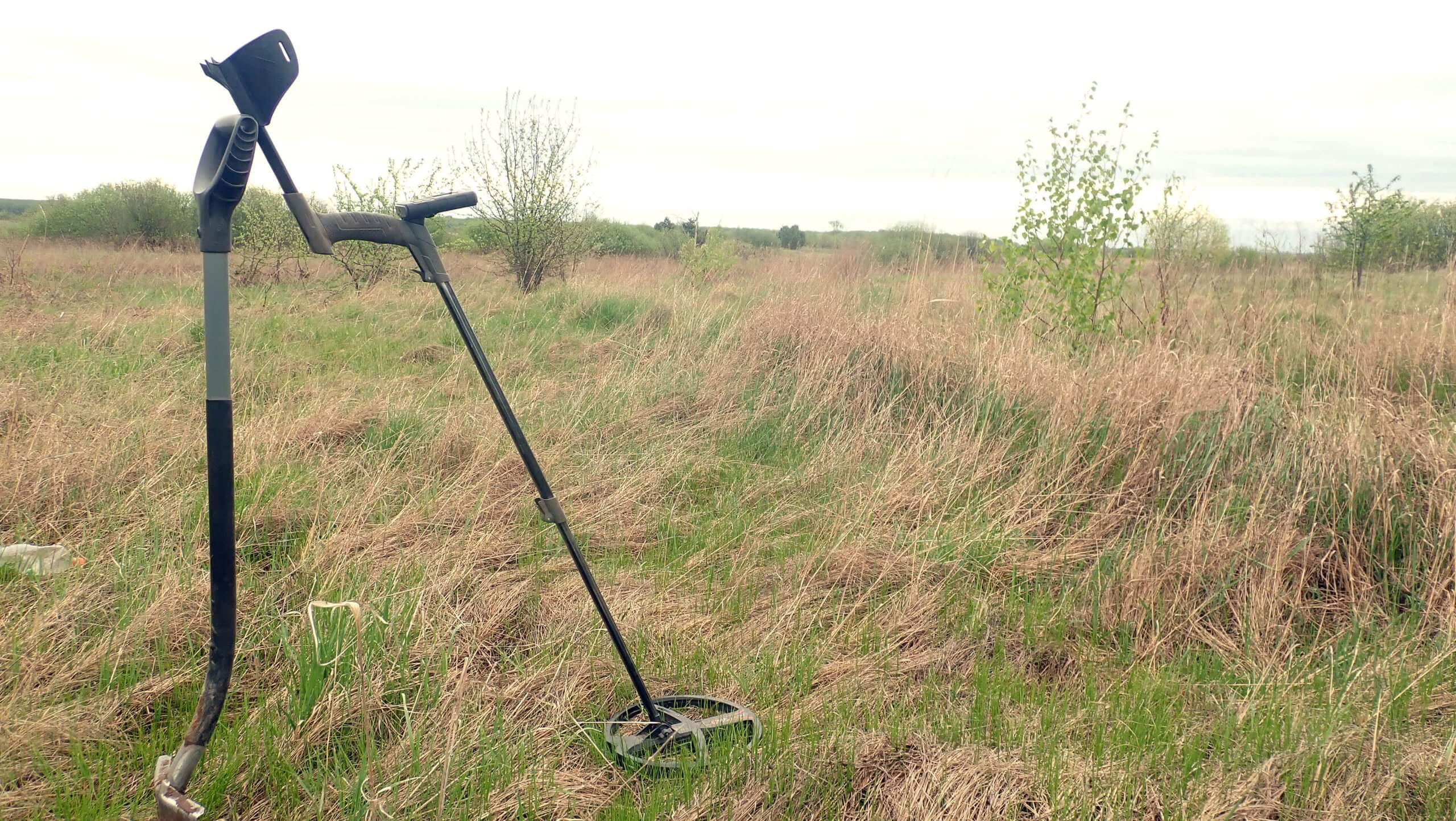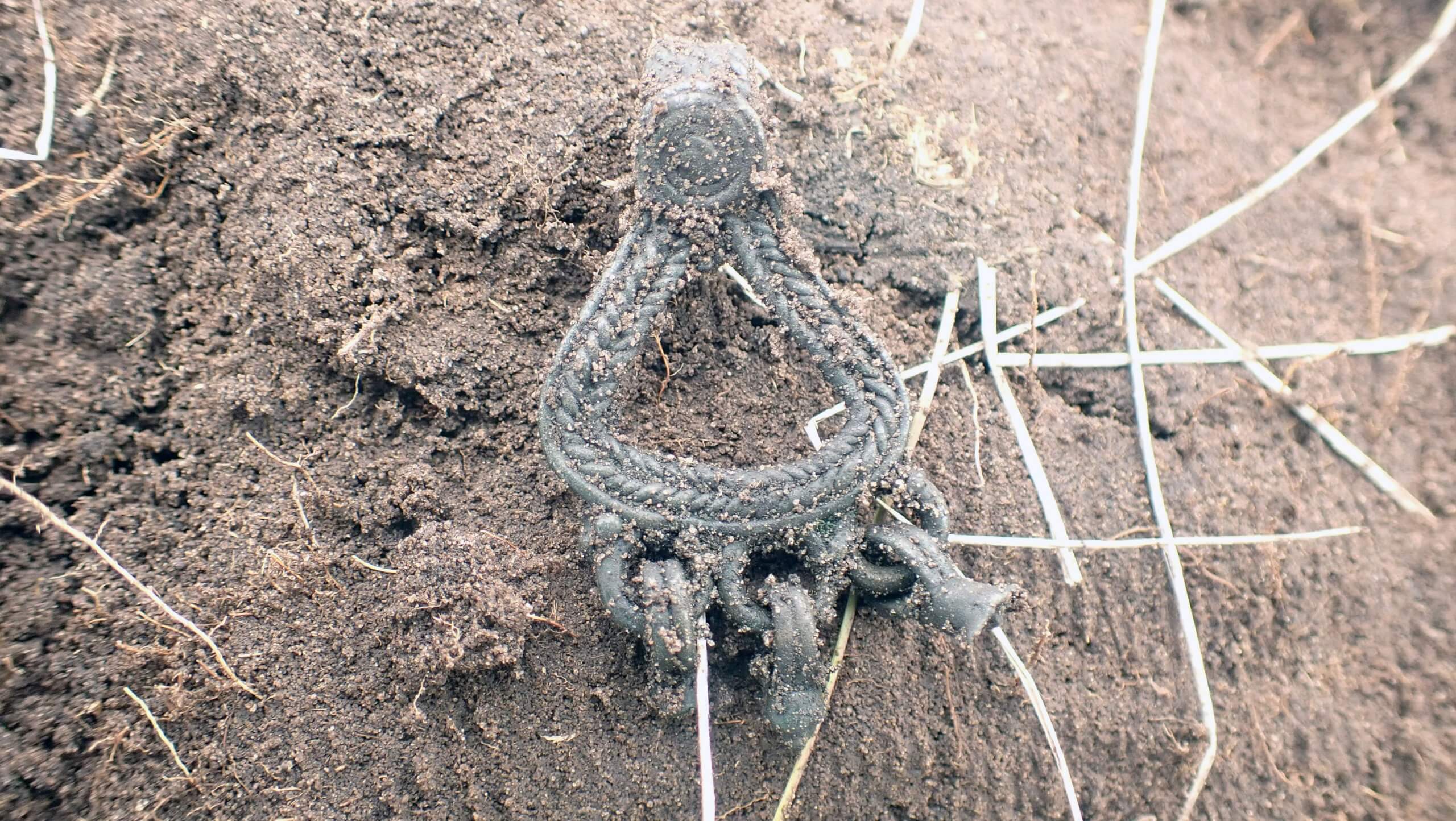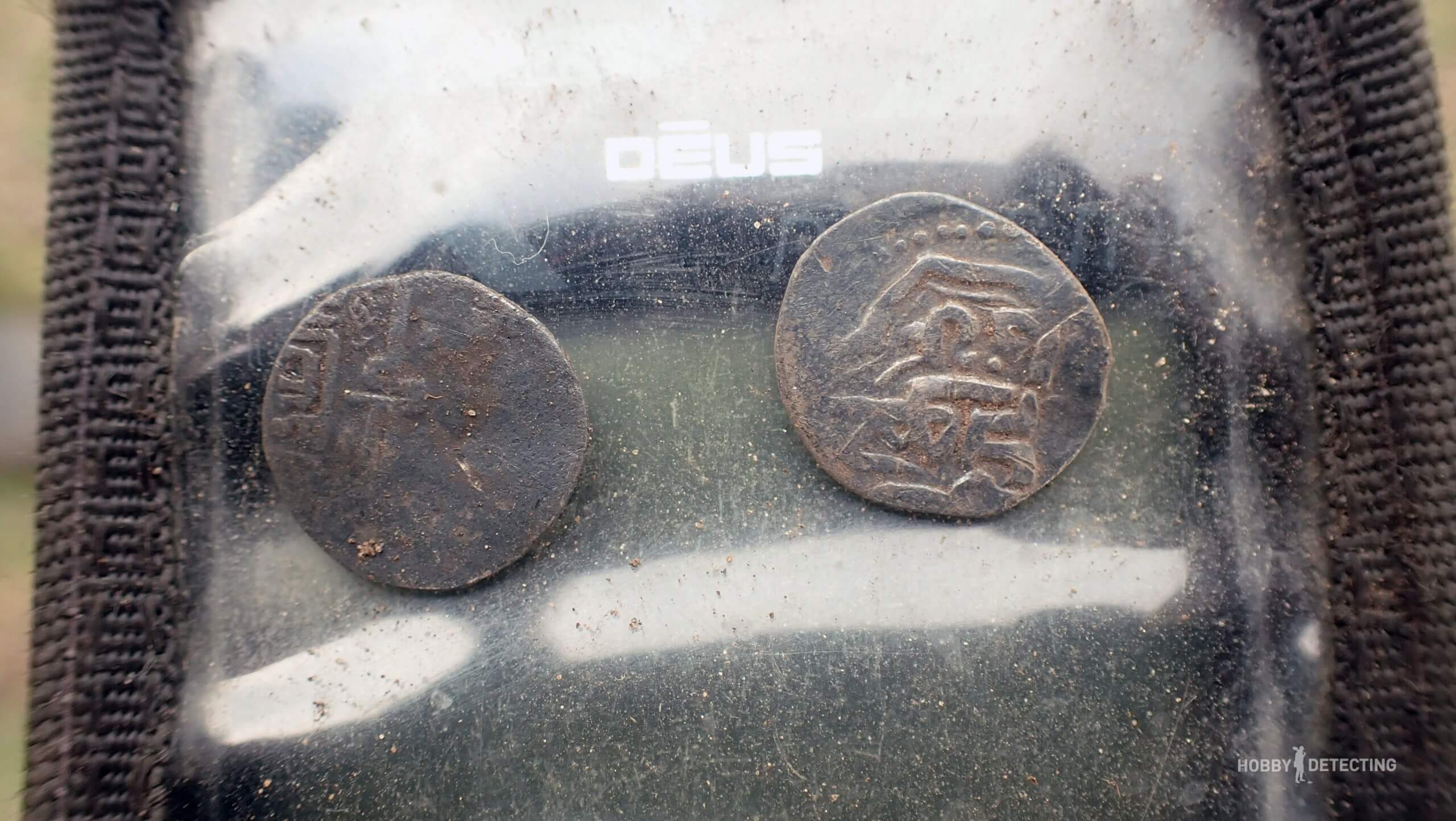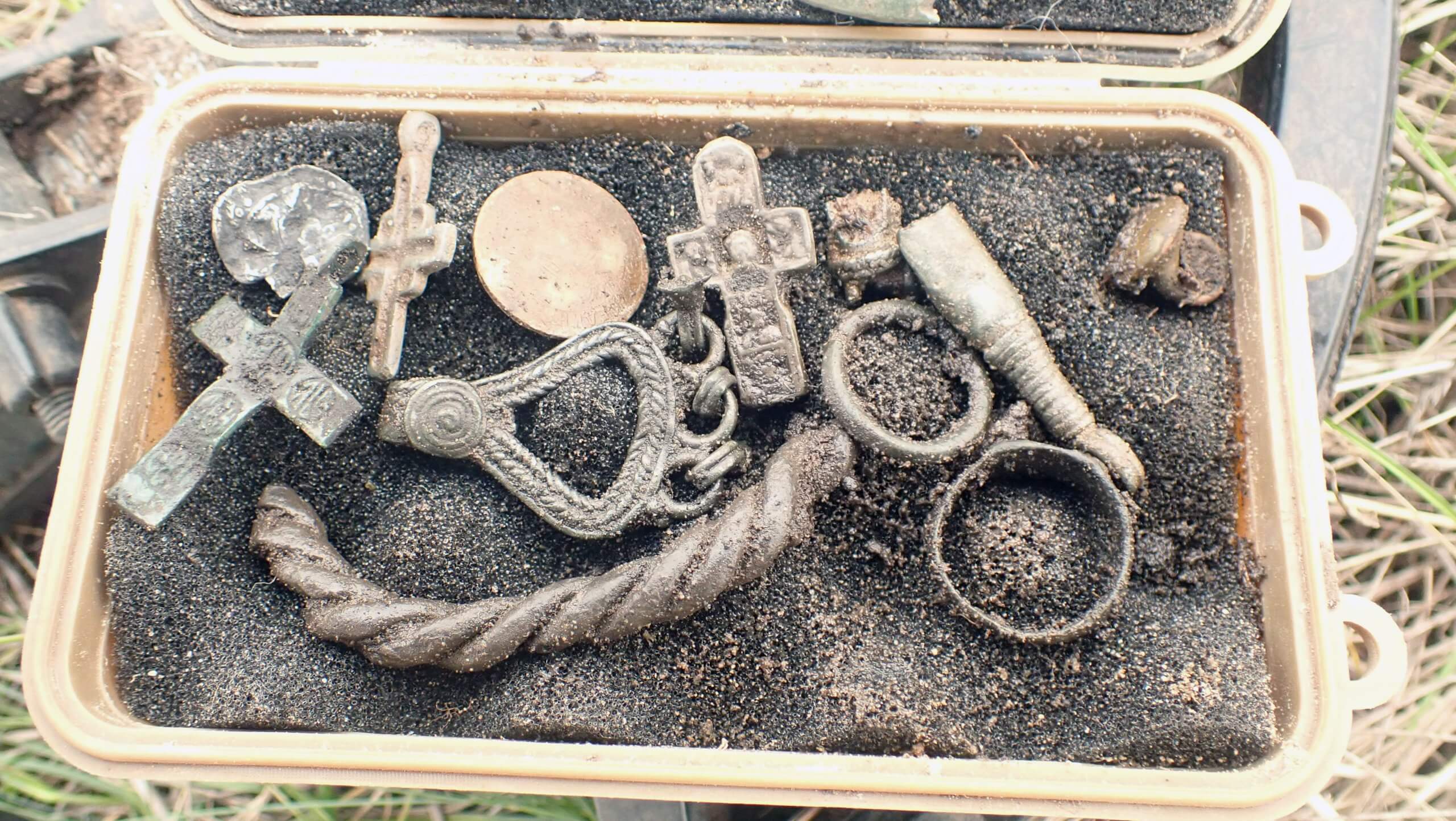A productive cop in the dark. Good advice for diggers
I think that many of you, dear readers, have encountered such a situation. So, you calculated the point where the settlement should absolutely be, you waited for spring, then you waited until the roads were dry, then until the weather got better, and in this last possible window, you rushed to the cops. To the limit by car, and then with a backpack a couple of kilometers through the mud, swamp, one wet boot we reached the tedious treasured place. And there is a sad picture, the whole clearing is covered in holes from predecessor competitors.

It’s sad, annoying and even somehow depressing at heart. What to do in this case? First of all, don’t freak out and don’t go back to the car cursing loudly throughout the entire area. After all, digging by digging is its own science, perhaps now even more important than the process of searching for new places itself. Therefore, I have prepared some practical tips based on personal experience on what you need to do in the dug areas so that you can dig very well there yourself and collect valuable finds.

- I advise you to take a closer look at the depth of the holes left by your predecessor(s). This way you can understand what kind of metal detector they used here. If almost all the diggings are not deep, it means that only high-mounted signals were dug here. In this case, the place can safely be considered unexcavated.
- You need to understand the level of experience of those (that) who dug here before you. This is quite easy to do. If there are a lot of large iron signals that have not been dug, this indicates that there was a novice digger here. The professionals, in ancient medieval villages, dig for all major signals. Including iron. Large iron can be axes, spears, swords, an interesting tool, or, as I once had, an English manufactory castle from the 17th century.

- First, you need to determine whether the core of the structure itself is on the surface, where the cultural layer is larger than a spade bayonet. As a rule, there are many small iron signals at this place. If you have a professional metal detector with good detection depth and signal separation. Then, in this place, with maximum sensitivity settings, you will definitely dig up a lot of great finds.
- Be sure to set aside a couple of hours of your total time to comb the immediate area. Here the psychology of predecessors is triggered by fatigue. They dug the core, got a lot of emotions and don’t want to waste time on the outskirts of the village. And there may be ordinary lost items and even a small treasure hidden in a treasured place.
![tips for diggers]()
- It is important to understand what time of year the competitors were digging here. If it was summer and the grass was tall, that means the signal detection depth was shallow. If, on the contrary, it was spring, then you need to spend more time on lowlands and swampy places. Spring is different every year: when it is dry, when it is full. And you may be lucky that you find yourself in a place in a dry spring, when the grass has not yet risen and the entire low-lying area is already dry.
- Villages previously dug not by you and yourself are an excellent opportunity to test the capabilities of your metal detector on various and various settings. Personally, I don’t trust the advice of top bloggers on the topic: what setting is the best for this or that MD. I myself like to walk through littered areas in a knocked-out or over-knocked-out area five to ten times, changing different programs and settings in them, and there is always a result.

These are some interesting and useful tips. And, as for the result, this note is illustrated with photographs from a cop in such a village. Where, long before me, several people walked with the comrade. Holes from different years.



Thank you all for your attention, subscribe to my channel in Yandex Den, leave comments and don’t forget to hit the like button – this is useful for promoting the channel.

